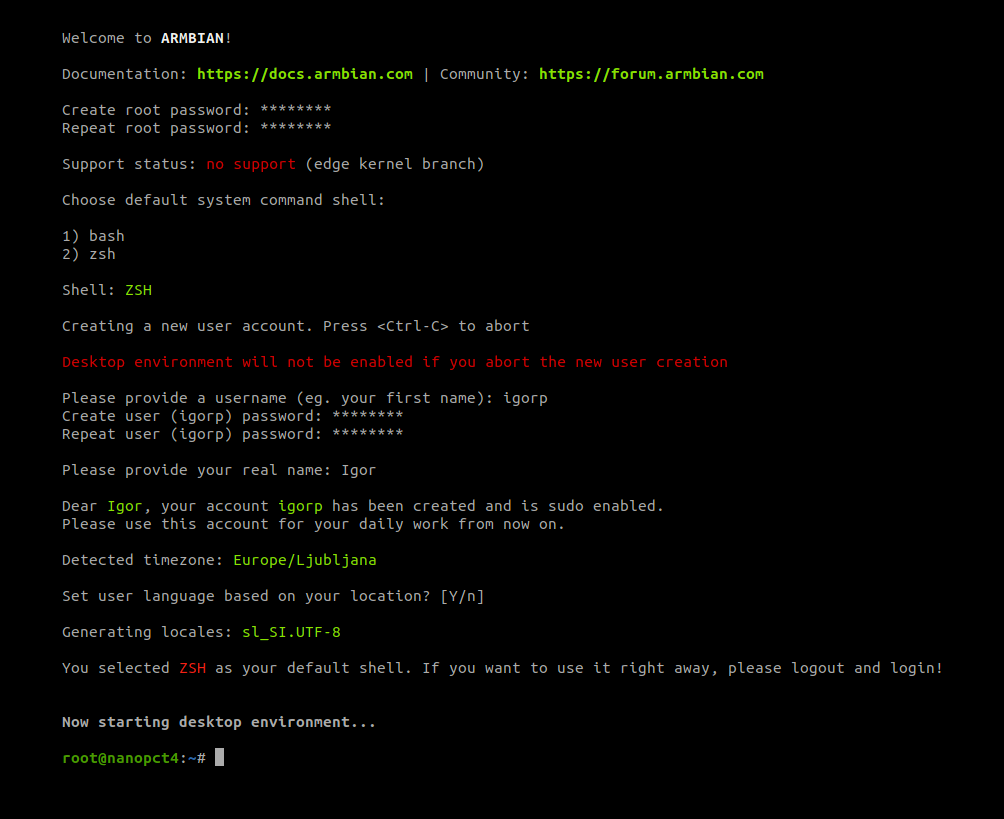The SK-AM62P-LP starter kit (SK) evaluation module (EVM) is built around the AM62P display processor, which includes scalable Arm® Cortex®-A53 performance and embedded features, such as triple high-definition display support, high-performance 3D-GPU, 4K video acceleration, and extensive peripherals. SK-AM62P-LP is for those looking to develop automotive and industrial applications, including automotive digital instrumentation, automotive displays, industrial HMI and more.
SK-AM62P-LP includes multiple display connectors that enable supporting up to 3 screens, a mobile industry processor interface (MIPI®) CSI-2 camera connector, an M.2 connector for WiFi or Bluetooth modules, 2 Gigabit Ethernet ports, UART to USB circuit for debug output, and 2 temperature sensors for monitoring SoC and LPDDR4 thermal monitoring.
Features
- Processing: AM625P with Quad 64-bit Arm Cortex-A53 up to 1.4GHz, two ARM Cortex R5F single core up to 800MHz
- Display: dual display support with up to 3840p x 1080p display resolution, One dual-channel LVDS and one MIPI-DSI 4L. One HDMI connector over DPI/RGB444 with audio codec TLV320AIC3106
- M.2 key E interface support for Wi-Fi® and Bluetooth® modules; two RJ-45 Ethernet 1000/100Mbps with TSN support
- Connectivity: 1 Type-A USB 2.0, 1 Type-C dual-role device (DRD) USB 2.0 supports USB booting, onboard XDS110 Joint Test Action Group (JTAG) emulator, 4 universal asynchronous receiver-transmitters (UARTs) via USB 2.0-B
- Storage: 8GB LPDDR4; bootable interfaces on SK; removable microSD, USB, quad serial peripheral interface (QSPI), Ethernet, UART
After you download and boot?
Basic OS configuration is conducted at first boot. You are asked to set a root password, normal user and confirm your, automatically determined, language settings. If your hardware has internal media, you might want to transfer your OS to it. You can also choose to configure your OS first, setup applications, enable services and install to internal media later.
armbian-config
You can select different login shell (ZSH), enable 2FA for your SSH, enable virtual read-only file-system, switch to rolling releases, ... and more. Armbian config tool helps you configure your network (static, dynamic, enabling hotspot). Once you are done configurion your OS, you can proceed to software section. Armbian config provides clean and fast way of installing great selection of popular software titles. If you plan to use your board for running a home automation, file server, ad blocking, downloading media, ... we got you covered.
Different images? Missing features? -> Download SDK Looking for compatible accessories? Want to participate in development?
Specifications
* Specifications differ from hardware revision, model and software support level
FAQs
- check previous images from archive
- join community forums
Simple
BASH or ZSH shell, standard Debian/Ubuntu utilities. Features can be adjusted with menu-driven utility. Login is possible via serial, HDMI or SSH.
Universal
Minimal, server or Desktop. We work with XFCE, Gnome and Cinnamon but more is possible to build: Mate, KDE, Budgie, Deepin, i3, …
Light
No bloatware or spyware. Special utilities are completely optional. Suitable for newcomers and professionals.
Optimized
Distributed images are optimized for flash media (SD/eMMC/SSD) and compacted to real data size.
Fast
Armbian is optimized on kernel and userspace level. ZRAM & ZSWAP support, browser profile memory caching, garbage commit delay.
Secure
Security level can be adjusted with the armbian-config. OS is reviewed by professionals within the community.
Supported
Maintainers and community have deep understanding how HW work. We are seniors with 30+ years of experience in Linux + embedded Linux.
Open
Armbian provides open source build framework to build a distribution of optimised Linux hardware interface for armhf, aarch64 and x86.
We provide a selection of images that fits hardware best. If you need different image – use build framework and make whatever you need. Build framework relies on Debian and Ubuntu packages – you can build any combination – stable, old stable or rolling release.
Minimal images have very small footprint. They come only with essential packages and build-in systemd-networkd while CLI server images have Network Manager based networking, armbian-config utilities, option to select ZSH as default shell.
Make sure you have a good & reliable boot media (SD card / USB key) and a proper power supply. Archives can be flashed with Etcher (all OS) directly.
Insert the SD card into the slot, connect a cable to your network if possible or a display and power your board. (First) boot (with DHCP) takes a bit longer.

Support is provided in one of two ways:
- Free support is provided via general project search engine, documentation, community forums or IRC/Discord. Keep in mind this is mostly provided by our awesome community members in a best effort manner and therefore there are no guaranteed solutions.
- For commercial or prioritised assistance:
- book a an hour of professional consultation,
- consider becoming a project partner.
- Reach us out at https://armbian.com/contact,



